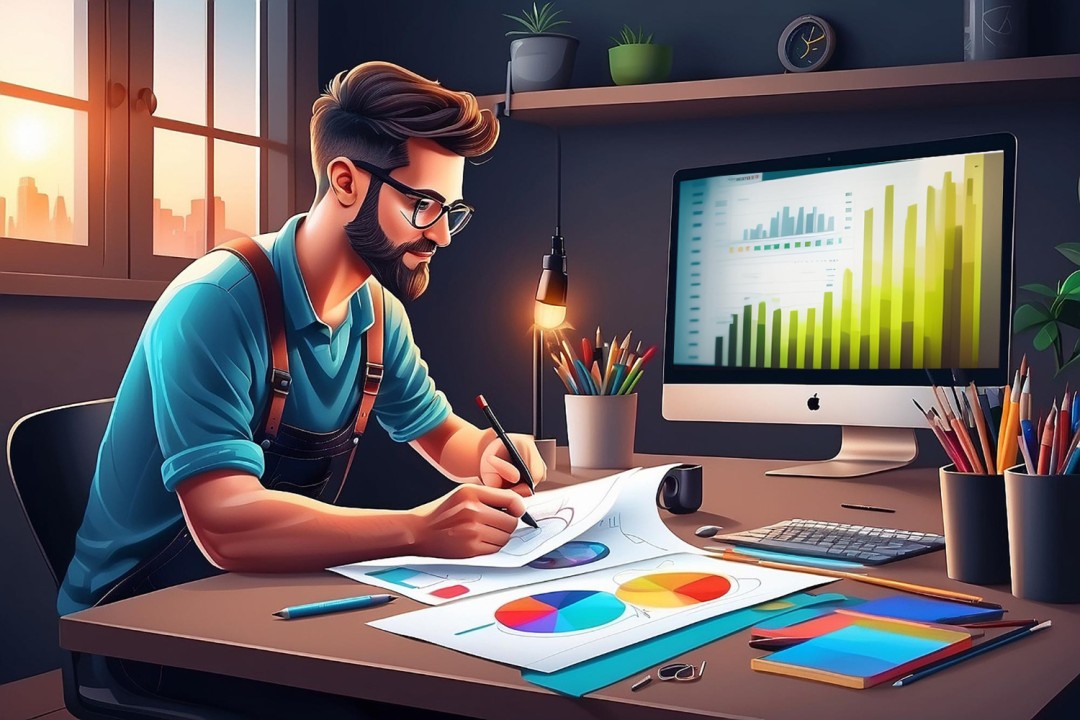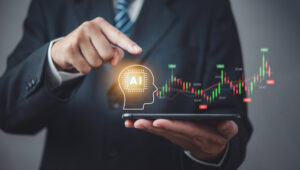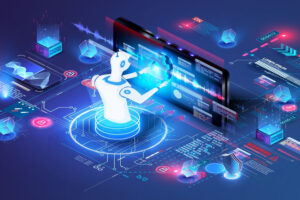In the rapidly evolving world of digital design, the integration of Artificial Intelligence (AI) is proving to be transformative. At the forefront of this transformation are the pros and cons of AI in design, which are shaping the way designers approach creativity and functionality. As AI continues to advance, it is essential to understand both the benefits and challenges it introduces to the design landscape. This article delves deep into these aspects, providing insights for digital creators and enthusiasts alike.

Introduction to AI in Design
The incorporation of AI technology in design is no longer a futuristic concept but a present-day reality. From automating tedious tasks to enhancing the creative process, AI is redefining how we perceive design work. However, with these advancements come certain challenges that must be addressed.
Advantages of AI in Design
1. Enhanced Creativity
AI tools can inspire designers by generating numerous ideas and creative concepts. These tools help in exploring a broader range of possibilities that might not be immediately apparent. For instance, AI-driven platforms like Canva’s Magic Design offer innovative templates that can spur creativity.
2. Time Efficiency
AI can automate repetitive tasks, allowing designers to focus on more strategic elements of their work. Tasks such as resizing images, color matching, or layout adjustments can be efficiently managed by AI, saving considerable time and effort.
3. Improved Accuracy and Consistency
With AI, designers can achieve higher accuracy in their projects. AI algorithms ensure consistency in designs, which is crucial for maintaining brand integrity across various media platforms.
4. Cost Reduction
By automating processes and reducing the need for manual intervention, AI helps in cutting down costs significantly. This is particularly beneficial for startups and small businesses that may not have extensive budgets for design projects.
Challenges and Limitations of AI in Design
1. Loss of Human Touch
One of the primary concerns with AI in design is the potential loss of the human touch. While AI can generate designs, it lacks the emotional and cultural nuances that human designers bring to their work.
2. Dependency on Technology
As designers become more reliant on AI tools, there is a risk of losing traditional design skills. This dependency can lead to a narrow focus on technology-driven solutions rather than creative problem-solving.
3. Ethical Concerns
AI’s ability to replicate and modify designs raises questions about originality and copyright. Designers must navigate these ethical dilemmas to ensure they respect intellectual property rights.
4. High Initial Investment
Implementing AI technology in design requires a significant initial investment in tools and training. For some, this cost can be prohibitive, making it challenging to adopt AI solutions.
AI Tools Transforming the Design Industry
1. Logo Creation
AI-powered tools are revolutionizing logo design by offering dynamic solutions. For a deeper dive into how AI is impacting logo animation, you can visit AI for Logo Animation.
2. Graphic Software Plugins
Plugins that integrate AI capabilities into existing graphic software are enhancing the functionality and efficiency of design tools. More details can be found at AI Plugins for Graphic Software.
3. Emotional Design Connection
AI is also influencing emotional design, helping creators to connect more deeply with their audiences. Explore how AI is shaping emotional design at AI for Emotional Design Connection.
The Future of AI in Design
The future of design is bright with AI, as long as designers find the right balance between technology and creativity. Continued innovation will likely lead to more sophisticated AI tools that seamlessly integrate into design processes, enhancing both efficiency and creativity.
Conclusion
As we move forward, understanding the pros and cons of AI in design will be crucial for designers aiming to stay ahead of the curve. While AI offers remarkable advantages, awareness of its limitations is essential to harness its full potential ethically and creatively.

FAQs on AI in Design
1. How does AI enhance creativity in design?
AI enhances creativity by providing designers with a vast array of ideas and possibilities, helping them explore new and innovative concepts that may not be immediately apparent.
2. What are the ethical concerns associated with AI in design?
Ethical concerns include the potential for AI to replicate designs, leading to issues of originality and copyright. Designers need to navigate these dilemmas carefully.
3. Is AI a threat to traditional design skills?
While AI offers many advantages, there is a risk that over-reliance on technology could lead to a decline in traditional design skills. Designers should strive to maintain a balance between using AI tools and honing their creative skills.







